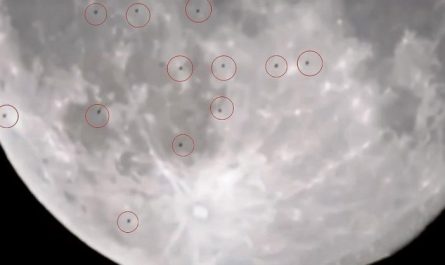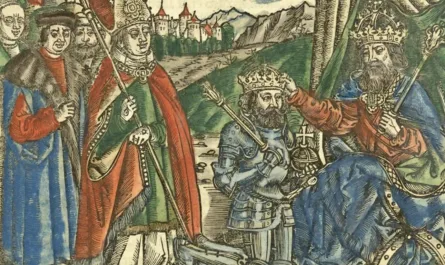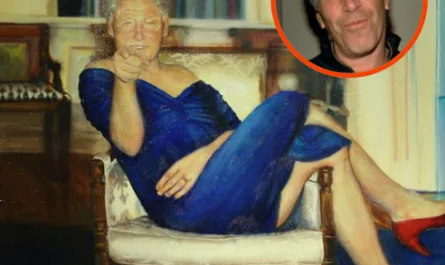Imagine this: it’s the summer of 1930, and somewhere above the flat Midwestern horizon, a little orange monoplane named Stinson Detroiter called City of Chicago is droning along on its 450th hour in the air. The calendar on the ground has flipped three weeks forward, but inside the open cockpit nothing has changed except the growing stubble on two young faces and the smell (a mix of gasoline, sweat, boiled coffee, and desperation).
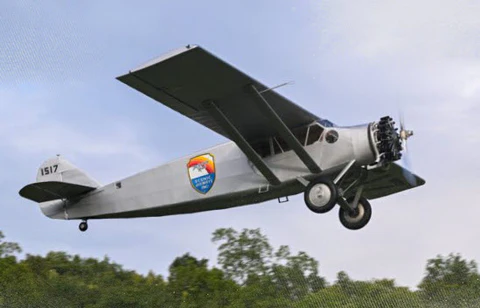
John Hunter (27) and his younger brother Kenneth (23) have not touched the earth in 553 hours and 41 minutes. That’s 23 days, 1 hour, and 41 minutes (longer than most people stay awake in a month). They have circled Chicago and northern Illinois so many times that Lake Michigan has become their backyard swimming pool they never get to jump into.
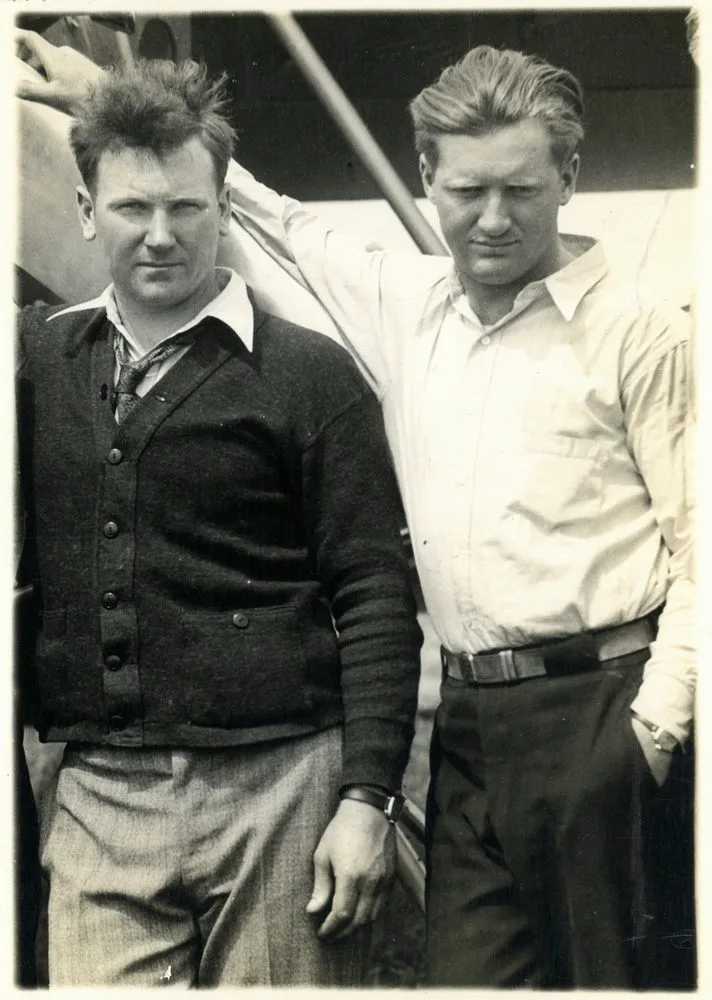
The Crazy Idea That Started It All
The Hunter brothers weren’t test pilots or daredevils with death wishes. They were mechanics from the little town of Sparta, Illinois, who simply believed airplanes should be able to stay up as long as trains could keep rolling. In 1930, the world record for endurance flight stood at a “mere” 17 days, set the year before by the famous Question Mark crew using primitive refueling. The Hunters looked at that and said, “We can beat it. And we’ll do it in an off-the-shelf airplane.”
Their ship was a stock Stinson SM-1 Detroiter (fabric-covered wings, 300-hp Wright Whirlwind engine, no radio, no autopilot, no bathroom). The only modifications were two extra fuel tanks and a catwalk along the fuselage so a man could crawl outside in flight if something broke.
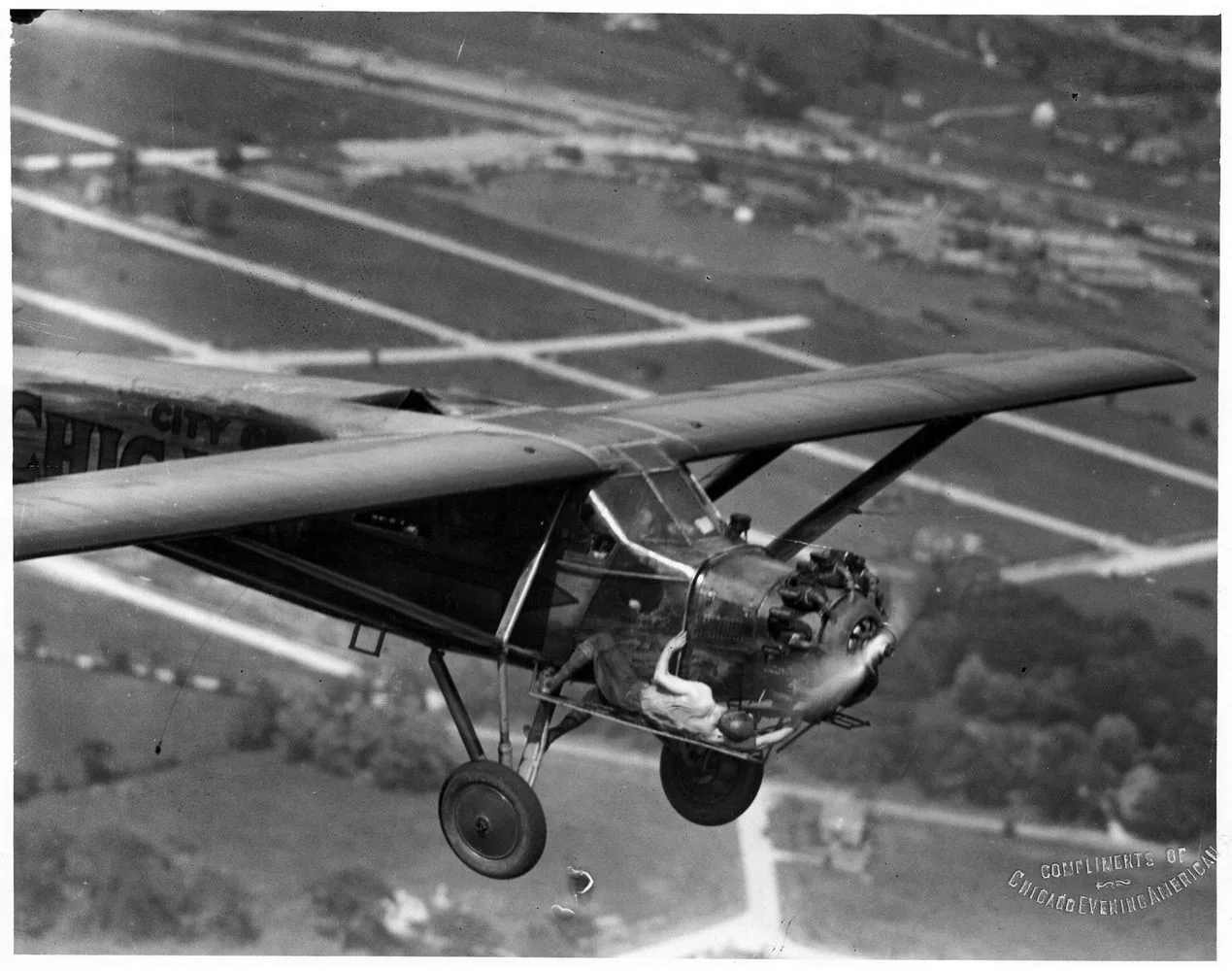
The flight itself was anything but smooth. Many repairs had to be undertaken, from the oiling of engine parts to the replacement of aircraft pieces. Foreseeing the difficulties that might arise inflight, the brothers had attached an external catwalk on both sides of the plane. This special equipment allowed Kenneth, the youngest brother, to get out of the cabin and access – at great personal risk – both the engine or the tail, in order to perform checks and repairs.
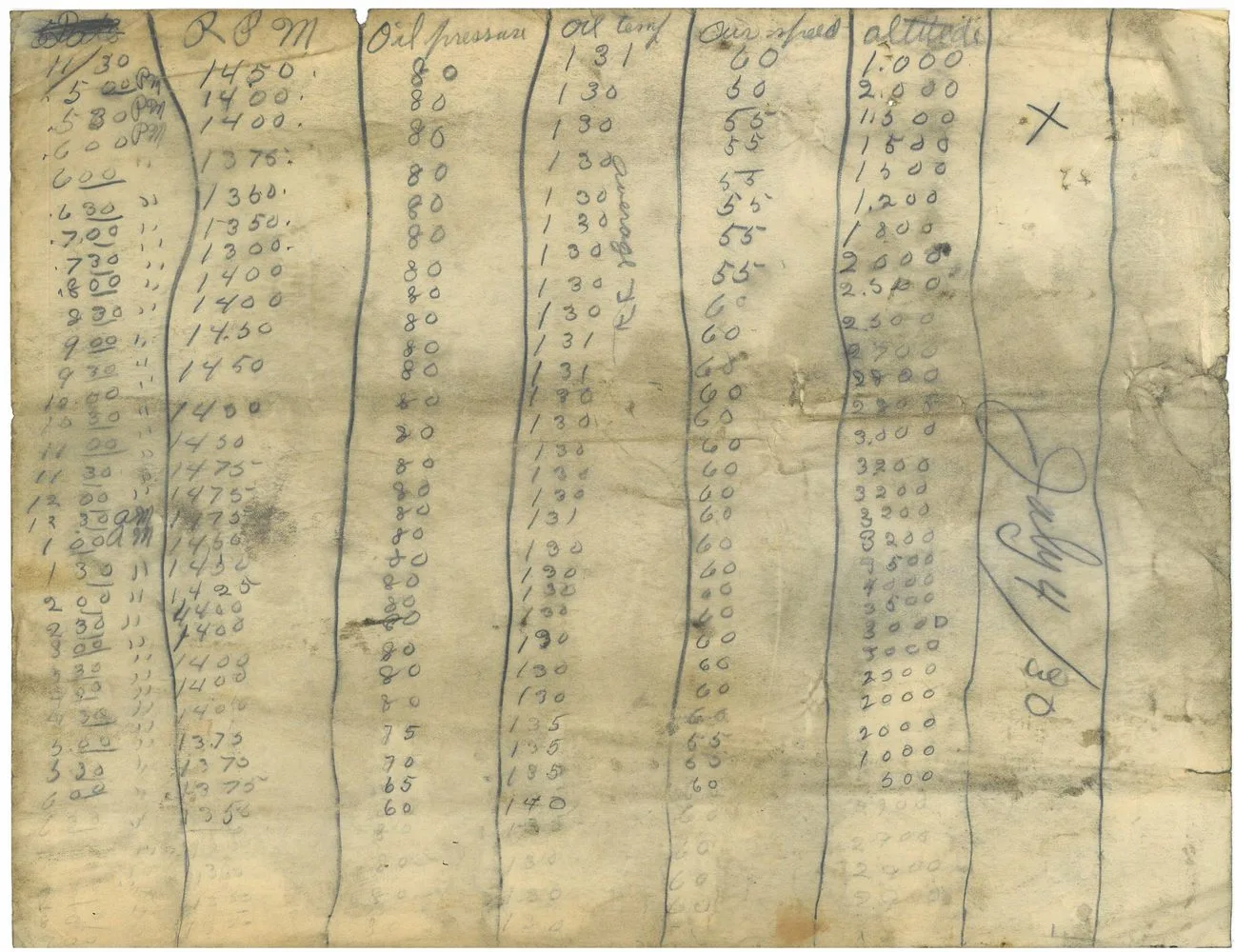
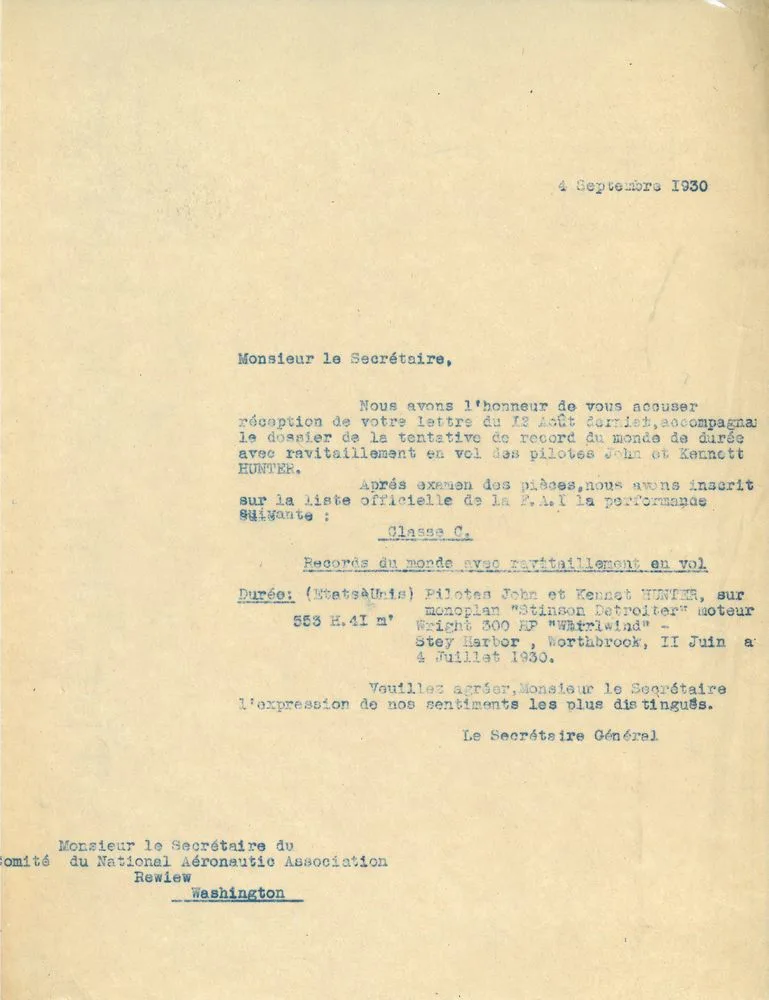
Aerial Gas Stations and Wing-Top Repairs
Twice a day, every day, for three straight weeks, another Stinson (piloted by friends and sometimes their own brother Albert) would rendezvous overhead. They’d match speed at 90 mph, drop a fuel hose down on a weighted line, and the Hunters would reel it in like fishermen hauling a prize marlin. Fuel flowed by gravity while sandwiches, thermos bottles of coffee, and notes from family were passed hand-to-hand through the slipstream.
When the engine coughed or an oil line ruptured (which happened more than once), one brother strapped on a harness, opened the cockpit door against a 90-mph wind, and crawled out onto the wing or the red-hot engine cowling to tighten a fitting or patch a leak. All while the plane kept flying.
They slept in 20- to 40-minute catnaps, one pilot awake at all times, knees jammed against the stick to keep the nose level. They shaved with a safety razor held out the window so the wind would blow the whiskers away. They celebrated the Fourth of July 12,000 feet above their own country, watching fireworks from three states at once.
37,000 Miles of Circles
By the time they finally spiraled down to a hero’s landing on July 30, 1930, they had flown more than 37,000 miles (roughly one and a half times around the world) without ever stopping the engine. The odometer on the tach read 553:41:00. The record they shattered would stand for another 15 years, until jet engines made such endurance flights obsolete.
Crowds of 50,000 greeted them at Curtiss-Reynolds Airport. Newsreels played in theaters nationwide. The brothers, sunburned, bleary-eyed, and grinning like kids who just got away with the greatest prank in history, stepped onto solid ground for the first time in 23 days and promptly fell flat on their faces (their legs had forgotten how to walk.
The Legacy Nobody Remembers
Today, almost nobody knows the Hunter brothers’ names. Their airplane rotted away decades ago. But for one blazing moment in 1930, two small-town mechanics proved that the sky had no ceiling if you were stubborn enough, brave enough, and loved flying more than you loved sleep.
They weren’t chasing fame. They were chasing tomorrow.
And for 23 straight days, they caught it.


